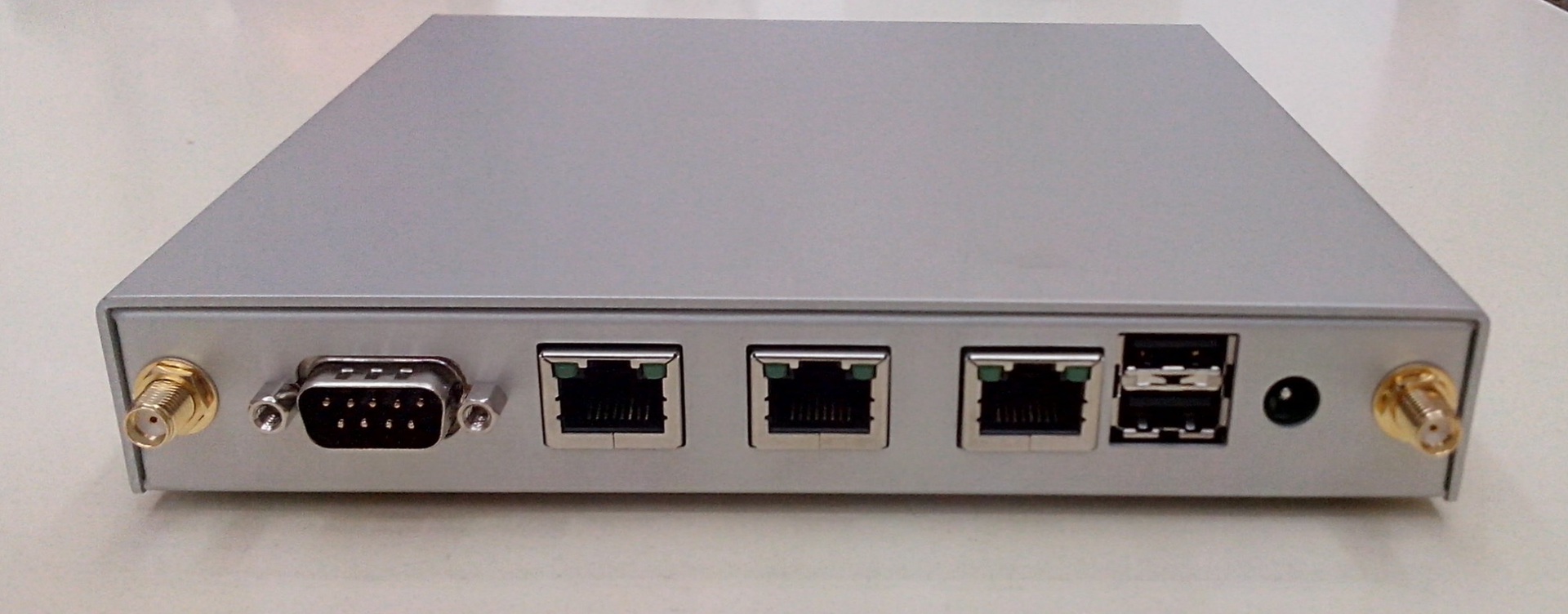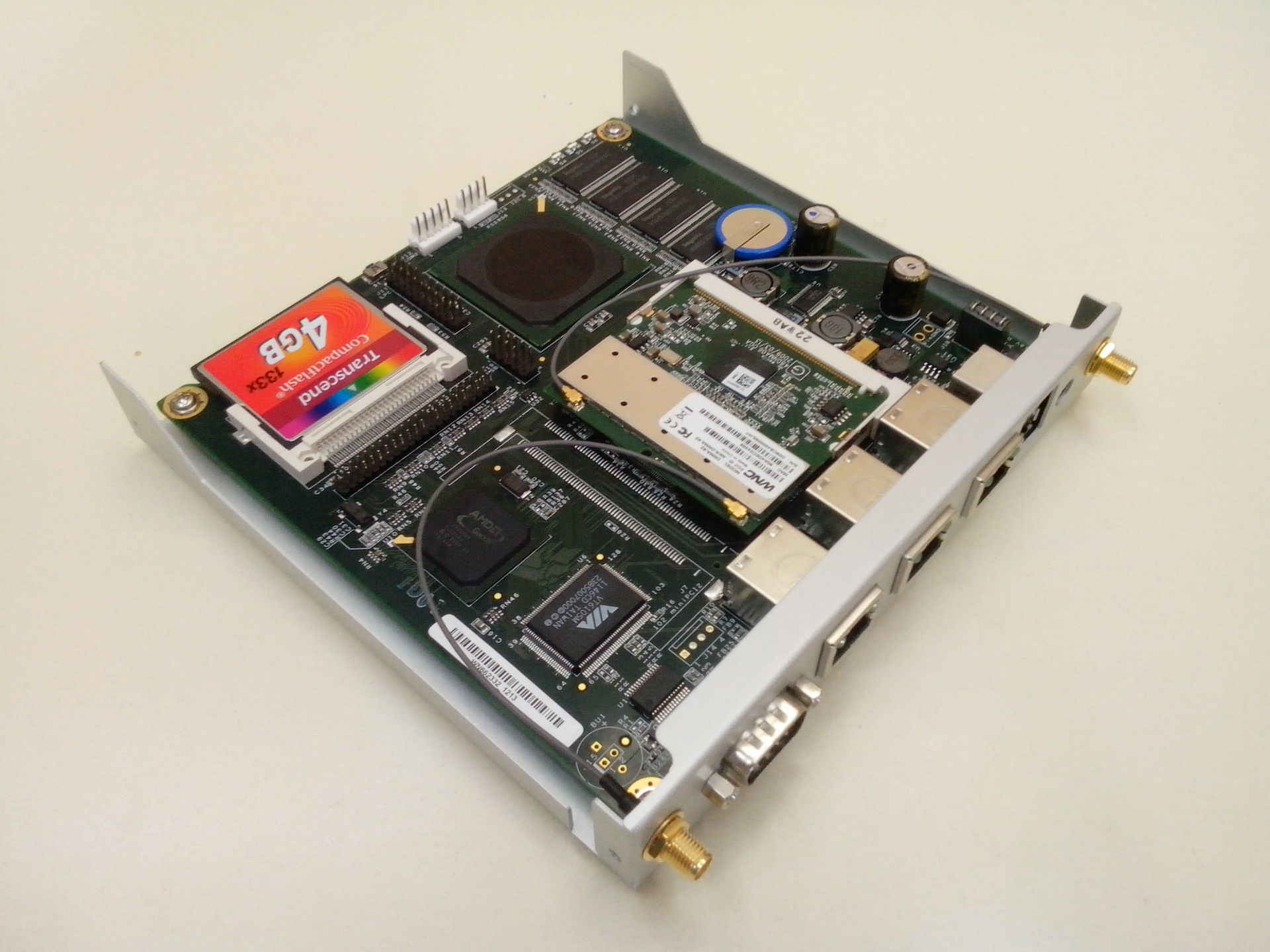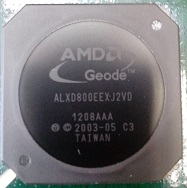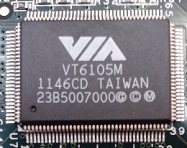Simple, silent and with AMD Geode on board
ALIX motherboards are low-power, small-sized boards designed for building multifunctional network devices, as well as thin clients.

I will not dare to compare this iron with CISCO in this topic, but it is in itself worthy of attention.
ALIX boards are made (of course, in Taiwanese factories) by the Swiss company PC Engines .
Today I will talk about the ALIX.2d13 platform and a router based on it.
As in the last post , we will focus on the network platform. I recall that



Here are the dry features of alix.2d13 running pfSense 2.0.3:
')
Ps. We offer Habrayuzer 5% discount on the entire range of alix boards and routers based on them.

I will not dare to compare this iron with CISCO in this topic, but it is in itself worthy of attention.
ALIX boards are made (of course, in Taiwanese factories) by the Swiss company PC Engines .
Today I will talk about the ALIX.2d13 platform and a router based on it.
As in the last post , we will focus on the network platform. I recall that
A network platform is hardware designed to work in telecommunications networks, with software installed, tailored to specific network tasks (routing, NAT, VPN, proxy, firewall, etc.).


- The boards use an AMD Geode chip with low power consumption, due to which the device consumes only 6-10W in load.
- The x86 architecture makes it possible to use any popular system as an OS, be it FreeBSD, Linux, or specialized distributions based on them. In test mode, on boards ( models with VGA), Windows XP Embedded was launched.
- AMD Geode LX Security Block, an auxiliary cryptographic unit that supports AES-128 hardware crypto-acceleration, as well as hardware random number generator.

- Each Ethernet port has its own controller, which ensures maximum performance of the Ethernet subsystem.
- MiniPCI expansion slots allow you to connect peripherals, ranging from a POST - diagnostic card, ending with Gigabit Ethernet, RS-232, and CAN - controllers.
- The alix.6f2 cards also have a MiniPCI-E slot for connecting internal 3G modems, and support for hybrid MultiWAN configurations with load balancing appears: 3 WAN + WiFi LAN / Ethernet + 3G / Ethernet + Wi-Fi / Wi-Fi + 3G
Here are the dry features of alix.2d13 running pfSense 2.0.3:
| Model | Alix.2d13 pfSense |
|---|---|
| Active sessions | 50,000 (Limited by RAM size) |
| Bandwidth at incl. traffic filtering | 86 Mbps / port |
| IPSec VPN throughput | 25+ Mbps (AES-128) 15.5 Mbps (AES-256) 13.7 Mbps (3DES) |
| Max. number of VPN sessions (PPTP) | 1,500 |
| Multi-Wan and load balancing | 2 WAN load balancing |
| Reservation scheme | Active / Standby |
| CPU features | 500Mhz AMD Geode LX CPU + AMD Geode LX Security Block |
| Memory | 256MB |
| Storage | 4GB Compact Flash (2.5 ”HDD / SSD available) |
| Interfaces | 3 x VIA VT6105M Fast Ethernet |
| Virtual Interfaces (VLAN) | ~ 500-1000 |
| power usage | 5-10W |
| Intrusion Prevention System | Snort |
| Antispam, Phishing Filter, URL Filter | Squid squidguard |
| Safe content (Antivirus, etc.) | HAVP |
')
For dessert, a video with a review of the hardware and the pfSense WEB interface:
The video roller has a secret:
Actually, the hands on the video are not mine, but snowbl1nd .
My hands on the background of the view of the Neva from our office:

My hands on the background of the view of the Neva from our office:

Ps. We offer Habrayuzer 5% discount on the entire range of alix boards and routers based on them.
Source: https://habr.com/ru/post/183810/
All Articles